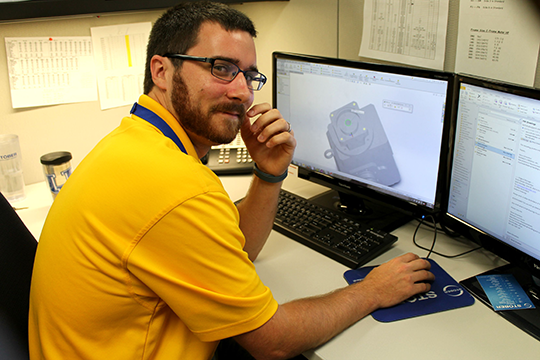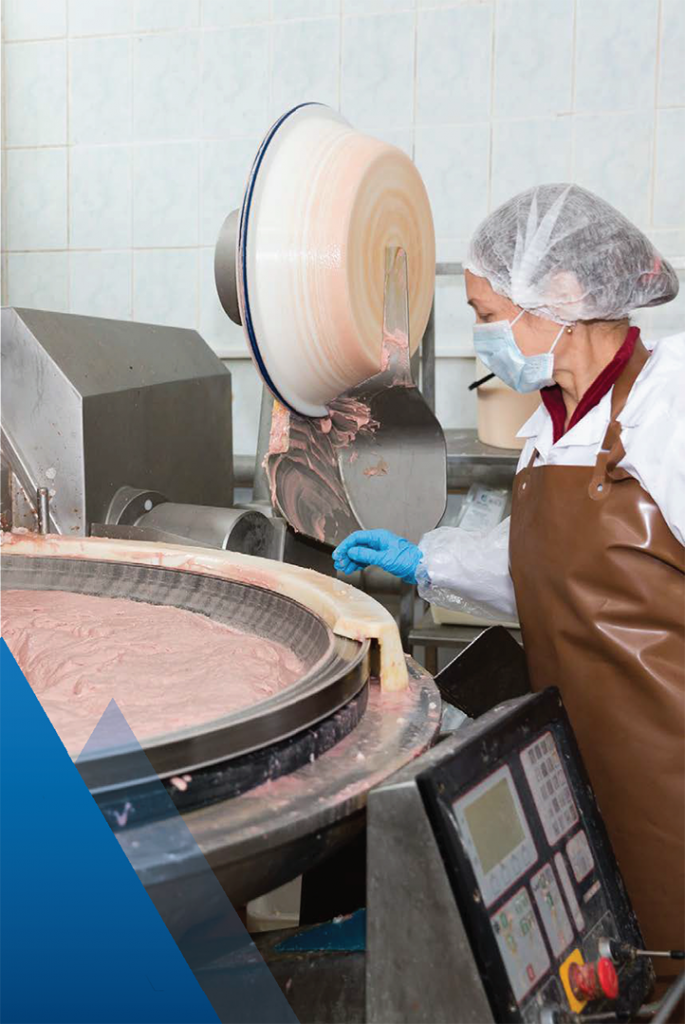
A wrong decision when selecting a gearbox could result in unnecessary expenses, such as a more expensive gearbox or premature gearbox failure. Let STOBER help you identify the variety of options to choose from that are capable of fulfilling diverse requirements. Our common aspects of sizing applications include:
- Sizing the motor vs. sizing the load. Sizing to the motor may be simpler and result in a gearbox that works, but it will result in the purchase of a larger gearbox than is needed and will be overqualified for the application. Sizing to the load will ensure a gearbox fits the application, is more cost-effective, and could have a smaller footprint.
- The service factor, an application’s required value over the rated value of the unit, should be determined for conditions such as non-uniform load, hours of service, and elevated ambient temperature. Higher ambient temperatures increase internal pressure, which impacts the service factor used. High or low temperatures can require different seal materials and lubrication viscosities.
- Environment. Harsh environments can increase wear on the unit. Dusty or dirty environments require special material to prevent corrosion and bacteria growth, food or beverage plants require FDA-compliant coatings and oil, and vacuum environments will require special grease and heat dissipation considerations.
- Shock Load or Type of Load. A common cause for premature failure if not accounted for when sizing is high-shock or impact loads, which cause increased wear on the gear teeth and shaft bearings. These loads require an increased service factor.
- Output mechanisms and styles. Sprocket, pulley, or toothed pinion, and shaft loads… double output shaft, shaft-mounted bushing—so many options! Different output mechanisms could require different bearings to account for the increased radial or axial load.
- Output shaft or hollow bore size should always meet requirements, including stainless output, keyed or keyless shaft, keyed or keyless hollow bore, or flanged output. Getting the correct bore size may require the purchase of a larger gearbox or different style to fit the current shaft, or you can opt to modify the shaft to use the most cost-effective unit while providing an optimal solution.
- Mounting Style. Taking into consideration the mounting style of a gearbox has an impact on housing style. STOBER offers a variety of options that prevent custom frames or brackets from being needed. Some options include mounting feet, a flange on the output, or just basic tapped holes on one or more sides.
To go even deeper, there are power transmission and motion control specific considerations to also consider. Download our eBook about gearbox selection to learn more or contact us for help determining what gearbox is most appropriate for your application.

 2025 STOBER scholarship winners announced
2025 STOBER scholarship winners announced  Don’t get caught with your plants down – rely on STOBER’s cLEAN System
Don’t get caught with your plants down – rely on STOBER’s cLEAN System  STOBER food-duty gearboxes and geared motors use antimicrobial coating
STOBER food-duty gearboxes and geared motors use antimicrobial coating  STOBER employees deliver donations to flood victims in Floyd County
STOBER employees deliver donations to flood victims in Floyd County